Why I love islands: food and drink
Last updated on October 6th, 2015 at 12:24 am
Do you ever dream about a good meal you had while visiting a faraway destination? Do you ever wish you could return to that restaurant and experience it all over again? Or do you return with a cookbook, determined to recreate a dish you so enjoyed at that special little place overlooking the sea?
I do, and I have. On every trip, my tastebuds are primed, ready for another memorable meal. Memories of the good meals I’ve had or the new foods I’ve tried are an important part of my travels. My friends know me as a bit of a foodie. I love to take pictures of my food, too, so I can easily reconstruct where I was when I had that great fish dish or that fabulous dessert.
On my first tropical trip outside the U.S., to Montego Bay, Jamaica, I was first exposed to Caribbean foods. The Sandals resort served ackee (a fruit that tastes similar to scrambled eggs) and saltfish on the breakfast buffet, and had an Island Night, where jerk chicken and pork, rice and peas, and callalloo (a vegetable similar to spinach), were among the dishes served.
I first tasted conch meat extracted from the shell in the form of fritters and marinated conch salad in San Salvador, Bahamas, and have since eaten conch in every way imaginable in Grand Cayman and, most recently, while staying in Providenciales, Turks and Caicos.
As my travels to tropical destinations have continued, I have added other new and different foods to the list, like plantains (in the banana family) and christophene (chayote, mirliton). Some foods found on island menus are not available in the U.S., especially certain types of fish, like parrotfish and flying fish. I’ve had both of these on Nevis, but flying fish is also popular in Barbados.
Caribbean spiny lobster is another delicacy served throughout the islands that I seek out on tropical trips. I love it grilled, in a bisque, and as a chunky, lobster salad filling on fresh-baked bread. The edible meat is found in the tail only, unlike cold water lobsters that also have meat in the claws.
In French Polynesia I discovered poisson cru. Poisson Cru, known as Tahiti’s national dish, is a mixture of diced raw fish, tomato, cucumber and onion, marinated in lime juice and coconut milk. It is somewhat similar to ceviche or Hawaiian poke, with the addition of coconut milk. While in Fiji, I had a similar dish called kokoda (pronounced kokonda). I love them all!
Here is a recipe for poisson cru from www.whats4eats.com:
Poisson Cru
4 to 6 servings
Ingredients
- Highest-quality ahi tuna, cut into 1/2-inch cubes — 1 1/2 pounds
- Lime juice — 1/2 cup
- Coconut milk — 1/4 cup
- Cucumber, peeled, seeded, cut into 1/2-inch cubes — 1 small
- Tomato, seeded and diced — 1
- Scallions, chopped — 3 or 4
- Kosher or sea salt — big pinch
- Fresh ground pepper — pinch
Method
- Mix all the ingredients together in a large, non-reactive bowl and set aside to marinate for 10 or20 minutes.
- Drain excess liquid and adjust seasoning. Garnish with some freshly chopped scallions and serve in a decorate bowl or large clam shell.
Variations
- Make sure to use very fresh, high-quality fish for this dish. Such fish is often marked “sushi grade” in the market. Use other fish — halibut, snapper, swordfish — if you like.
- Other possible additions: cubed red peppers, grated carrots, diced red onion, minced garlic.
- Sometimes a pinch of sugar is added to take the edge off the acidity.
(Note: The www.whats4eats.com site is a great resource for international recipes and cooking around the world.)
While you won’t see me entering the doors of a fast food chain restaurant while I’m in the islands, roti, considered to be the fast food of Trinidad, is a different story. Roti starts with a flatbread, which can be filled with any combination of veggies, such as sweet potato and chickpeas, sometimes along with meat, chicken or fish. Doubles, a common street food often eaten for breakfast in Trinidad and Tobago, is similar, as it is also made with two pieces of the flat, fried bread, filled with curried chickpeas.
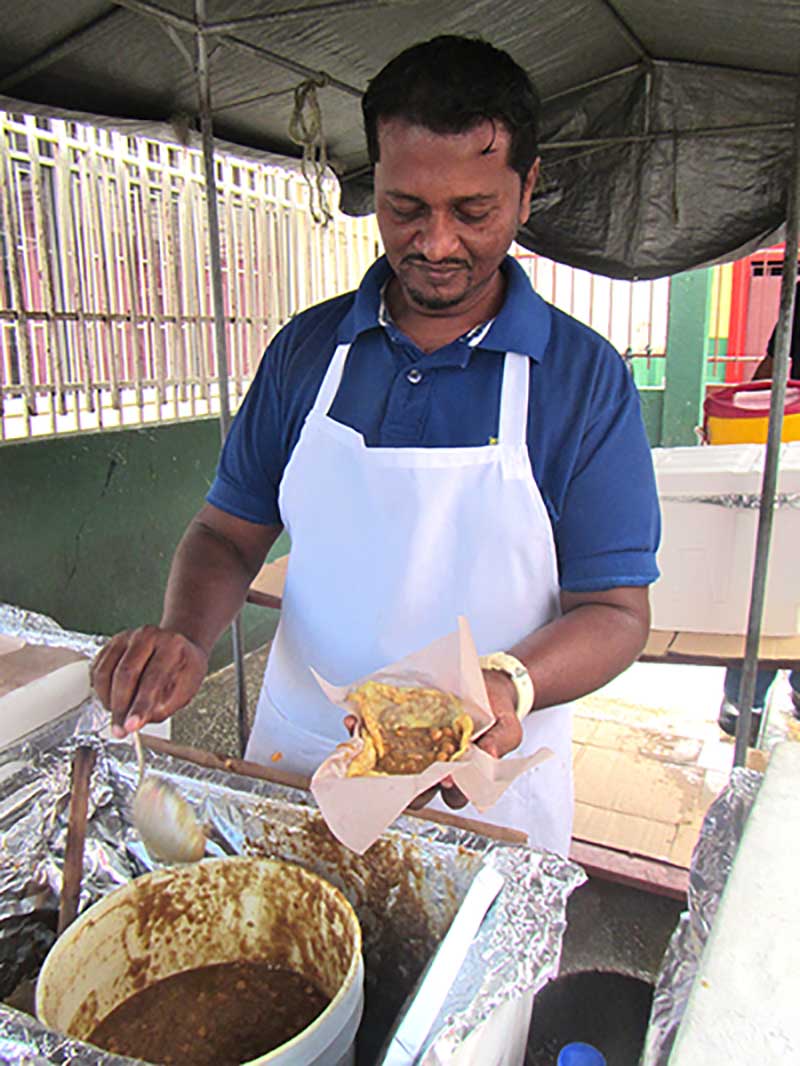
Doubles, made with curried chickpeas, is a popular breakfast food in Trinidad. (© Debbra Dunning Brouillette)
Fruit is something else I can’t seem to get my fill of while in the islands. While some tropical fruits are available in our grocery stores at home, the taste is nothing like the fruit grown and freshly picked from trees on the islands, including mangos, papaya, passion fruit, guava, and soursop. I love ice cream and sorbet made from these fruits, and am always impressed when I find a restaurant that serves tropical fruit juices instead of the usual orange and grapefruit juices.
If you have ever been to Hawaii, you’ve probably had a shave ice (similar to a snow cone, but the ice is shaved instead of crushed so the flavored syrups stick to the ice). I had my first one in Kauai. As you’ll see on the menu, many tropical fruit flavors, some from local ingredients, can be chosen.
I’m sure there are many more delicacies I’ve yet to discover, and I look forward to doing so on future tropical trips.
Besides food, you’ve got to have something to wash it down! While I love wine with dinner, during the daytime, I love a refreshing carbonated beverage! Ting and Ginseng UP are two of my favorites.
Ting is flavored with Jamaican grapefruit juice, while Ginseng UP (now available in a variety of flavors) is made with 100% natural ginseng root and sweetened with cane sugar. (Ginseng UP Classics are actually brewed in Massachusetts, but come in different flavors than the Originals.)
Pictured below: Ting, all on its own; the ingredients for “Ting with a Sting” (Ting is combined with CSR (Cane Spirit Rothschild), a clear rum distilled from fermented sugar cane syrup (40% alcohol), produced on the neighboring island of St. Kitts); and Ginseng UP.
I first enjoyed an Angostura® Lemon, Lime & Bitters, commonly called an LLB, in Trinidad and Tobago. It is a blend of Angostura bitters, lemon and lime in a non-alcoholic sparkling beverage.
(Pictured below: The menu from Jemma’s Seaview Restaurant and Treehouse Restaurant on Tobago, listing its fruit and soft drinks; and the Angostura® Lemon, Lime & Bitters.)
Another favorite island beverage is ginger beer, which can be bottled or canned. In certain local bars and restaurants homemade ginger beer may be available. Just ask the bartender. It is non-alcoholic, but you have to like the strong ginger taste to enjoy it. Several varieties of ginger beer (such as Old Jamaica Ginger Beer) is fairly easy to find in the States in Whole Foods and other specialty markets.
If you’d like to try making your own, here’s a simple at-home recipe from www.whats4eats.com:
Ginger Beer
Ingredients
- Ginger root, chopped – 3/4 to 1 pound
- Water – 2 quarts
- Sugar – 2/3 to 3/4 cup
- Lemons or limes, juice only – 2 to 3
Method
- Place the chopped ginger, 3 cups of the water and 2/3 cup sugar in a blender and puree well. Let sit for at least 30 minutes or overnight to extract all the flavor.
- Strain the liquid through a fine-meshed sieve and pour into a pitcher. Add enough water to make 2 quarts and stir in the lemon or lime juice and additional sugar to taste. Chill well before serving.
Variations
- Add more or less ginger to your taste.
- For a bubbly beverage, puree the ginger with 2-3 cups of regular water, then use club soda to bring the total amount of liquid up to 2 quarts.
I’ve brought several empty bottles back with me of other beverages I’ve enjoyed while visiting islands, including a few I haven’t mentioned (L-R, below): Hairoun Bitter Lemon (Grenadines), Cool, Reed’s Ginger Beer, and Quenchi (Dominica).
Beer and rum are other island-brewed beverages that many love to sample while in the islands. While I’m not a beer drinker and only have an occasional rum drink (mango daiquiri), sometimes I bring back empty beer bottles to add to my collection.
Are there any foods or beverages you love to eat or drink while in the tropics? If so, let me know in the comments. I’d love to try your favorites!


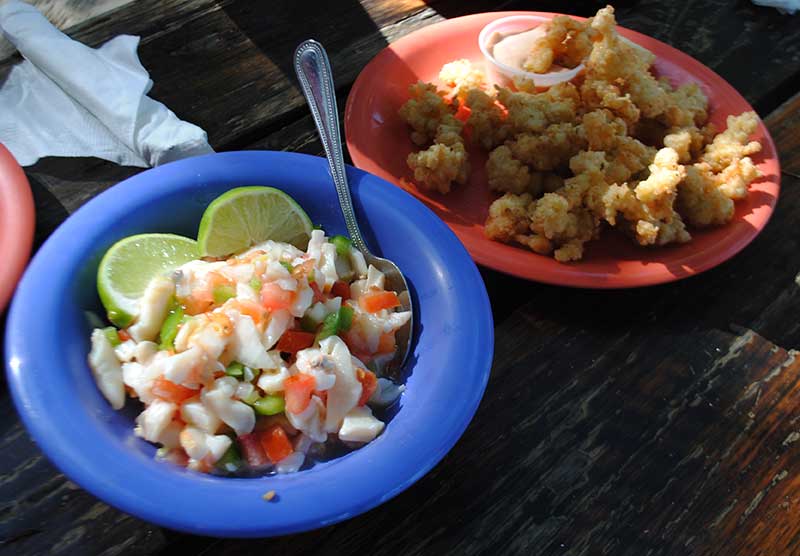
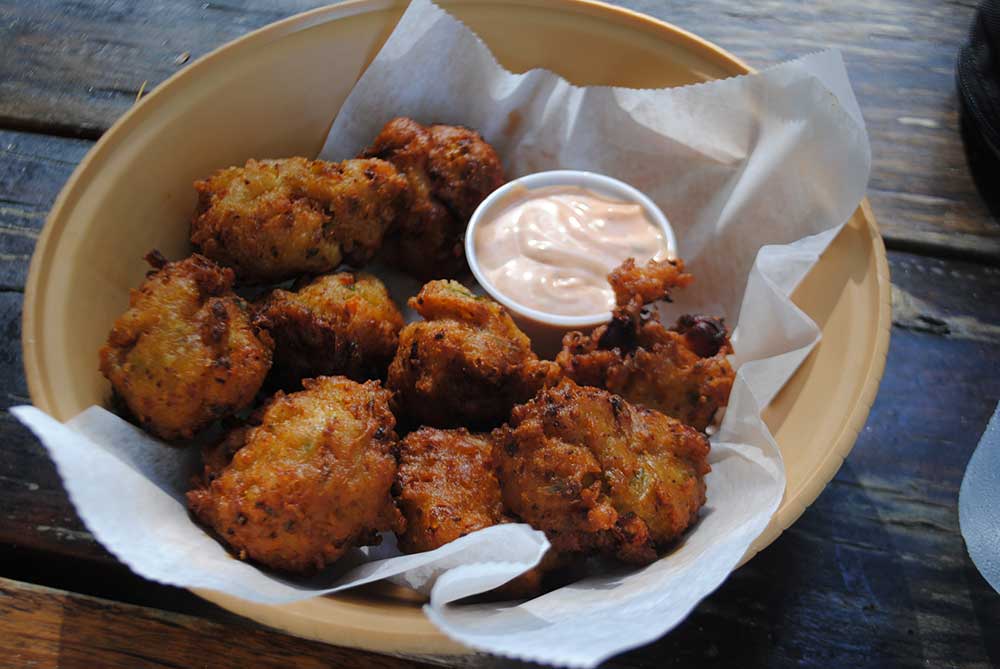
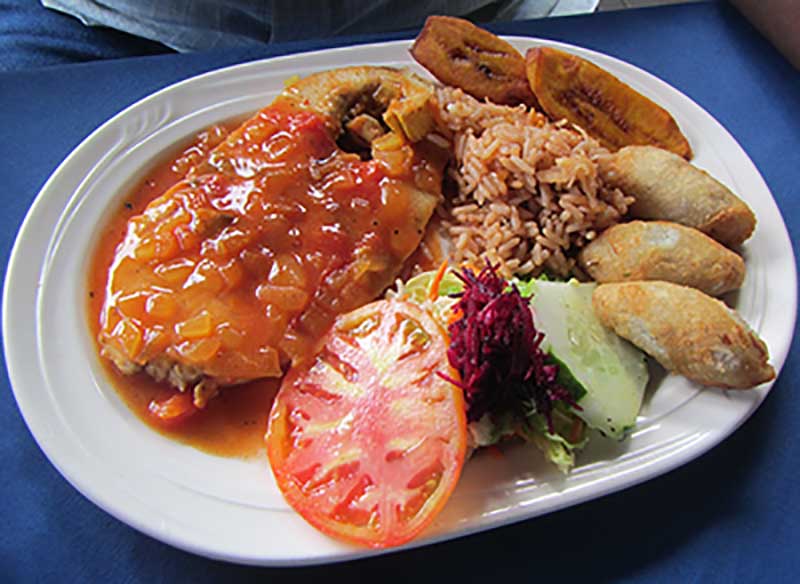

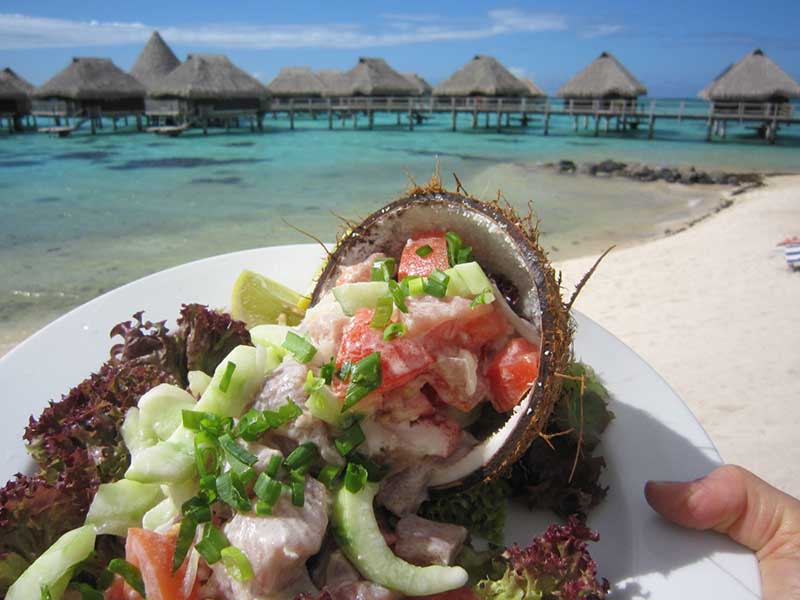
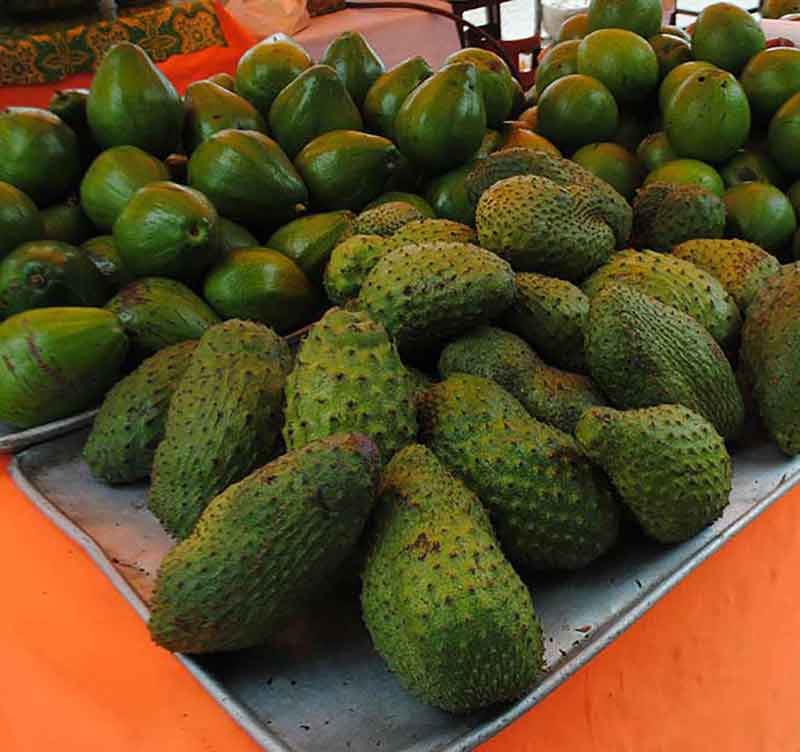
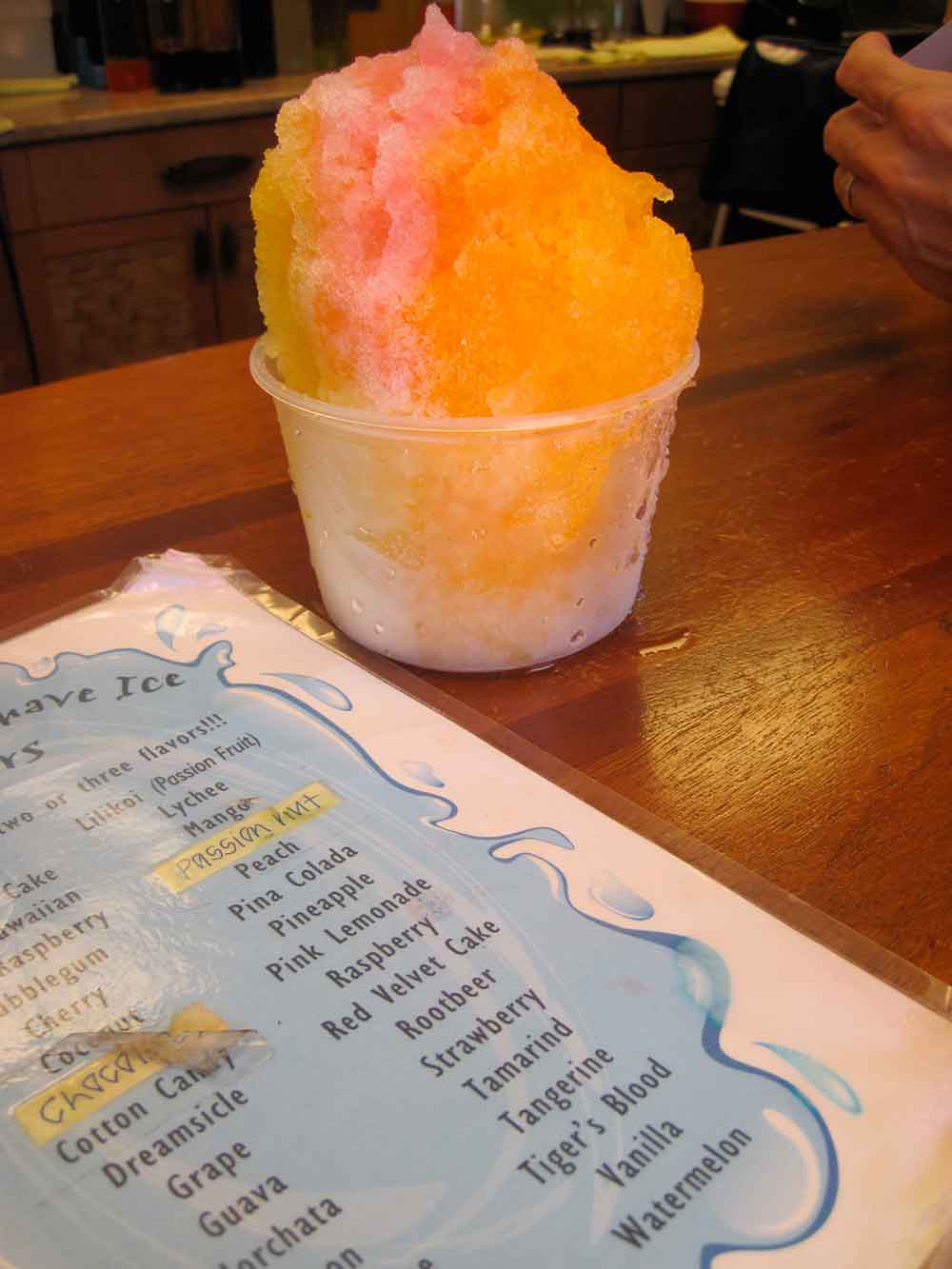
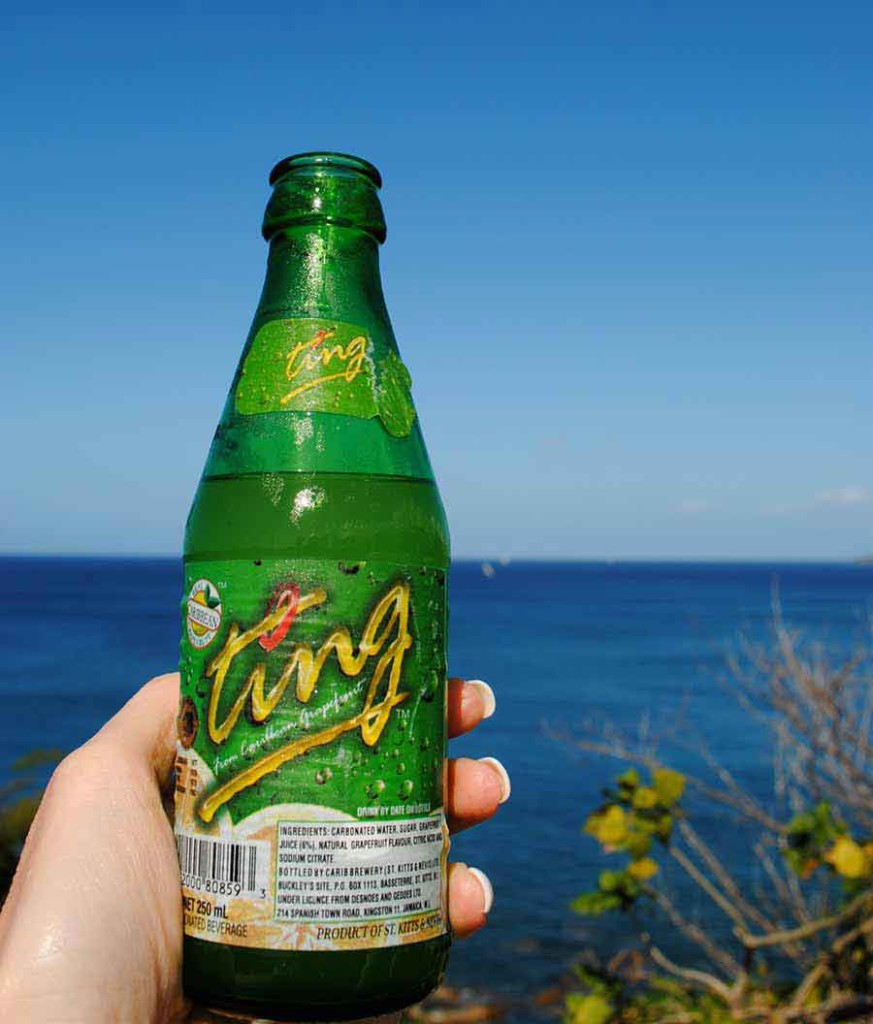
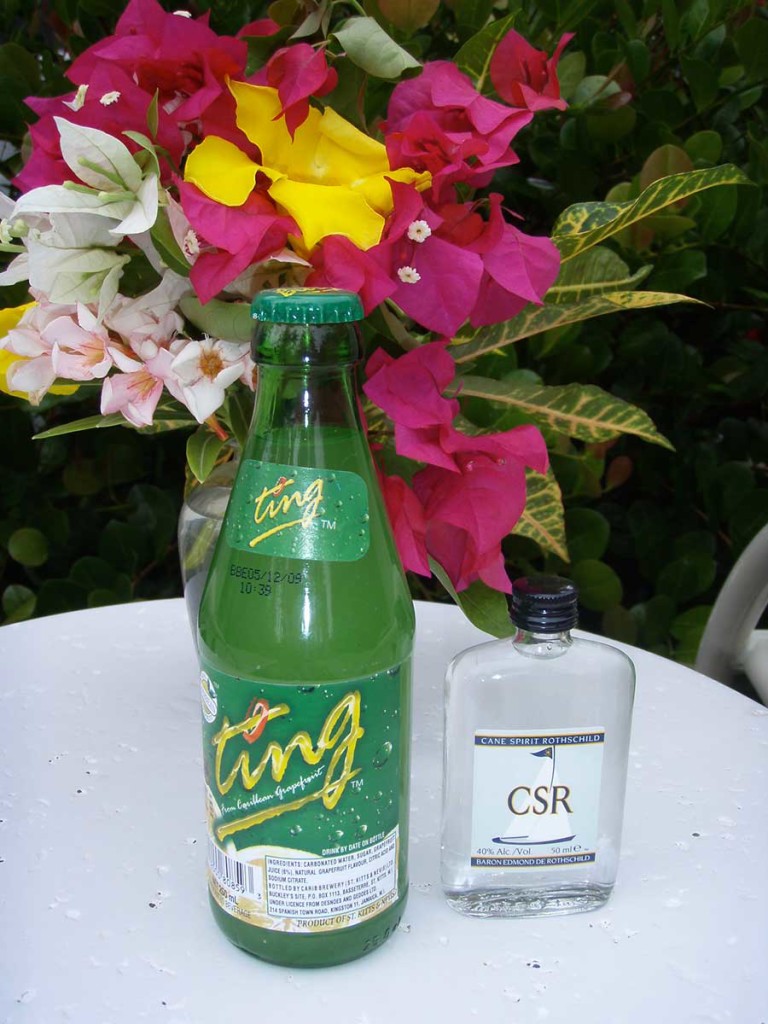
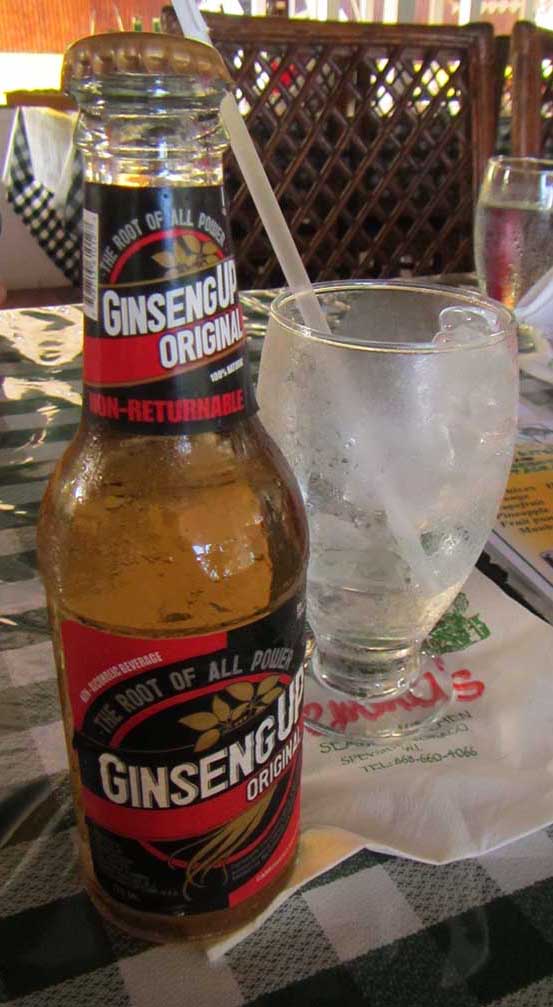
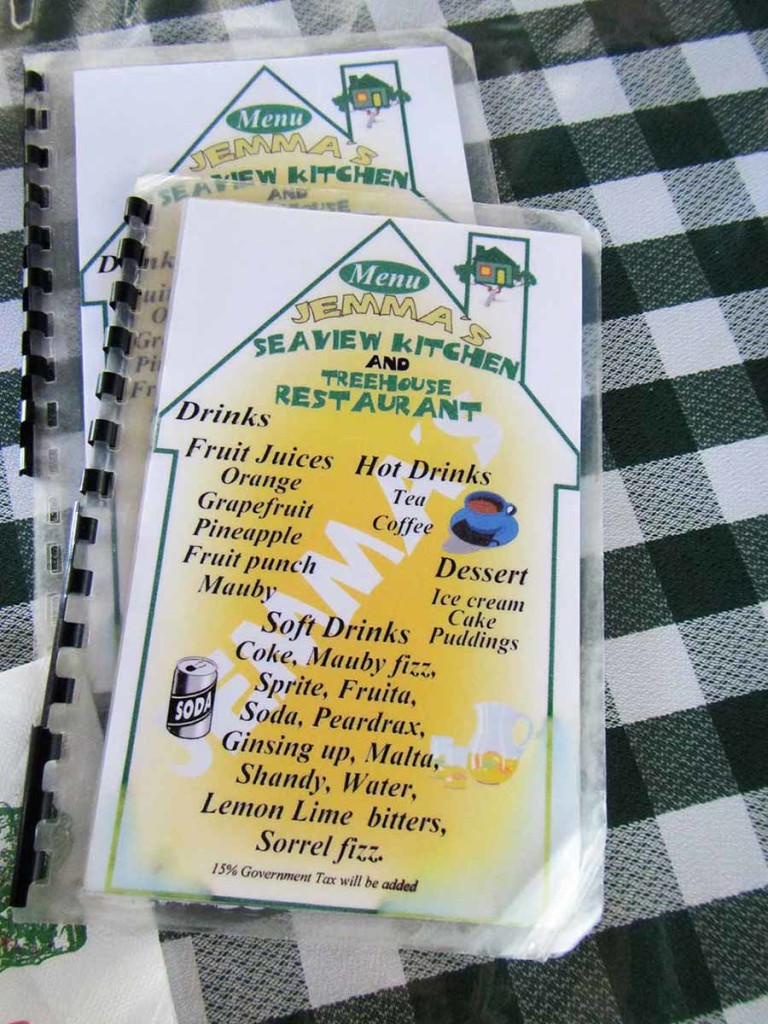

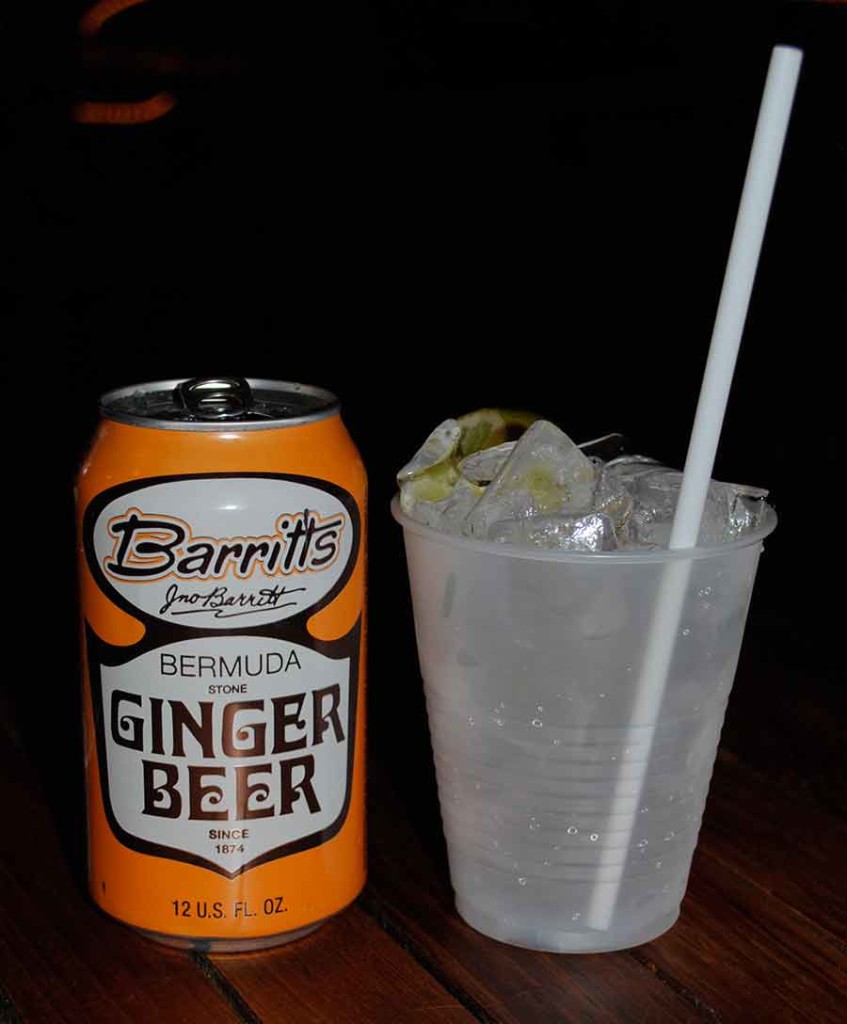
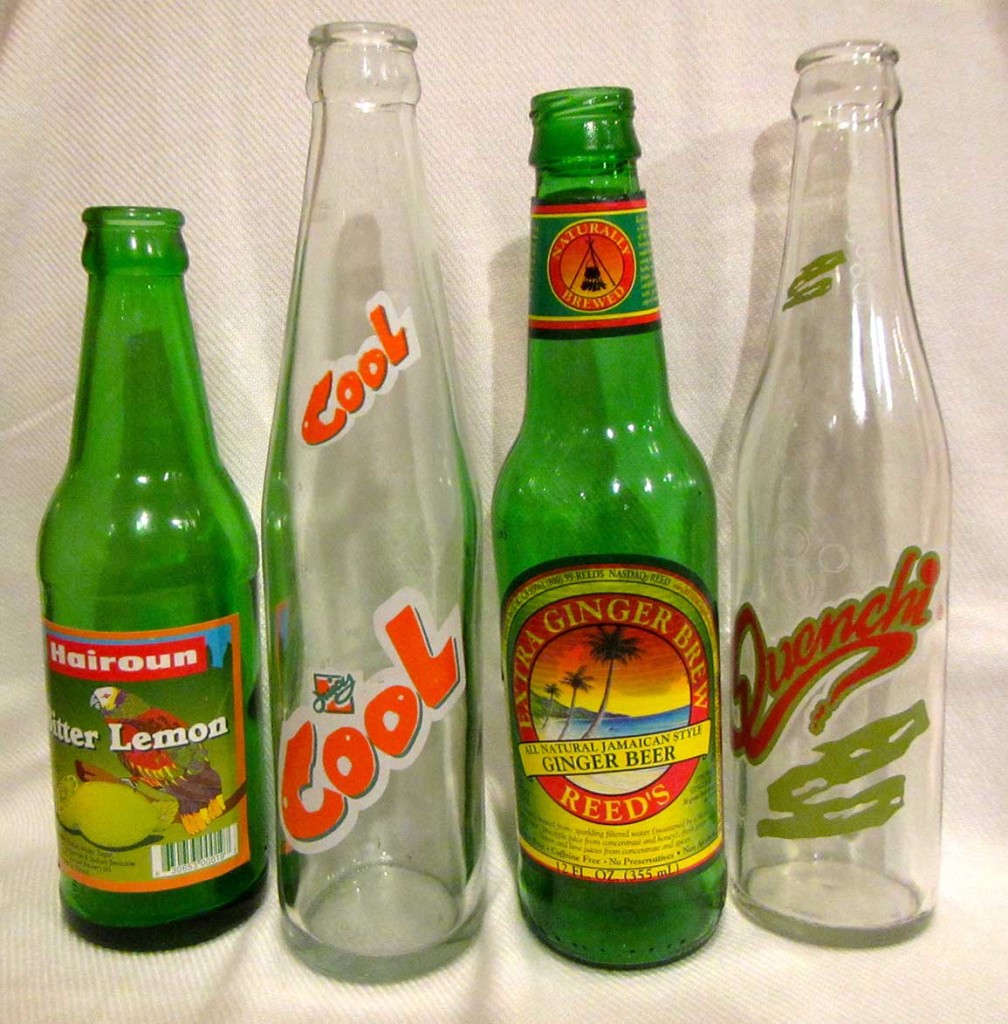
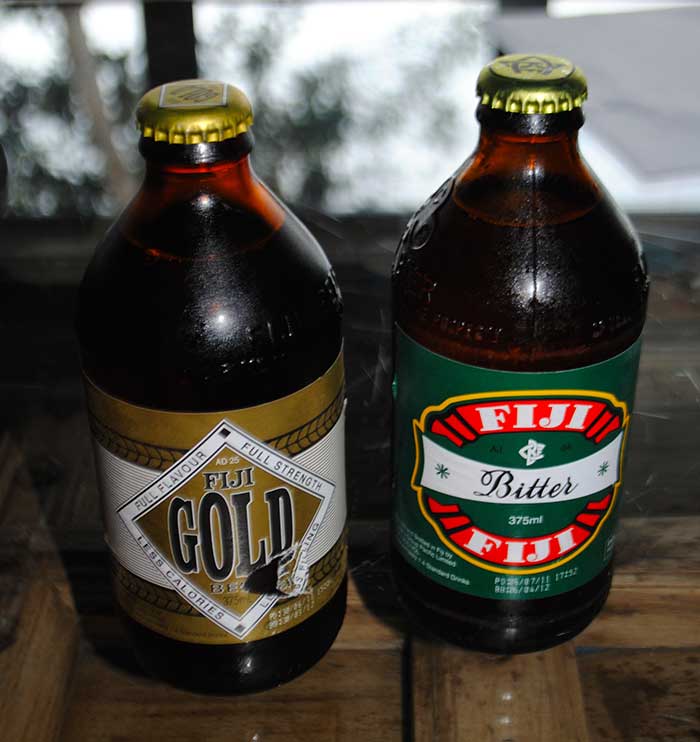
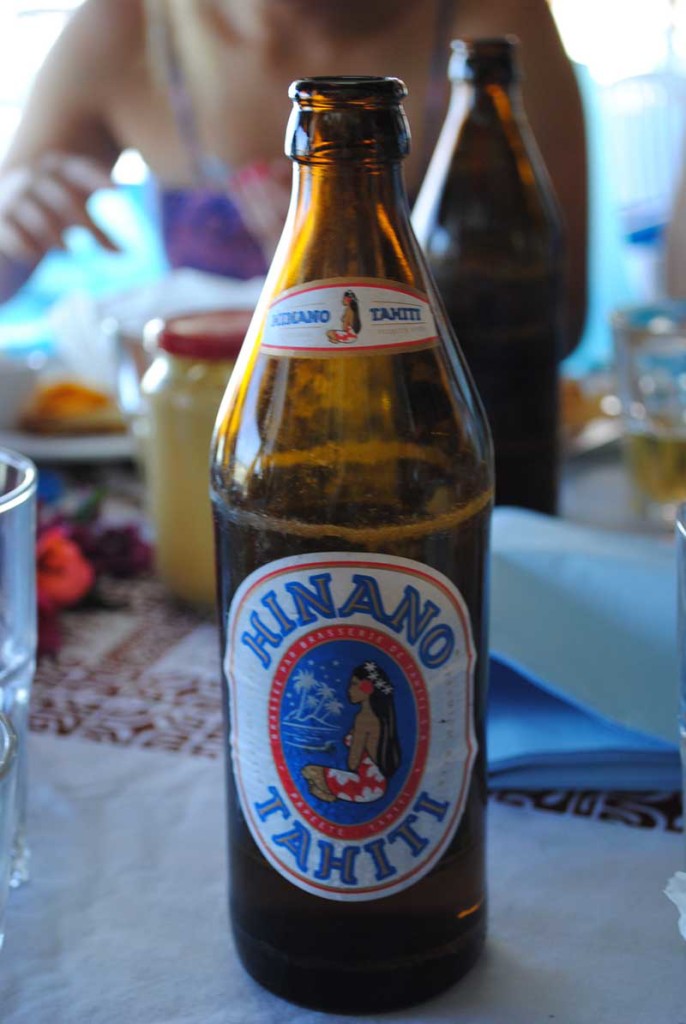
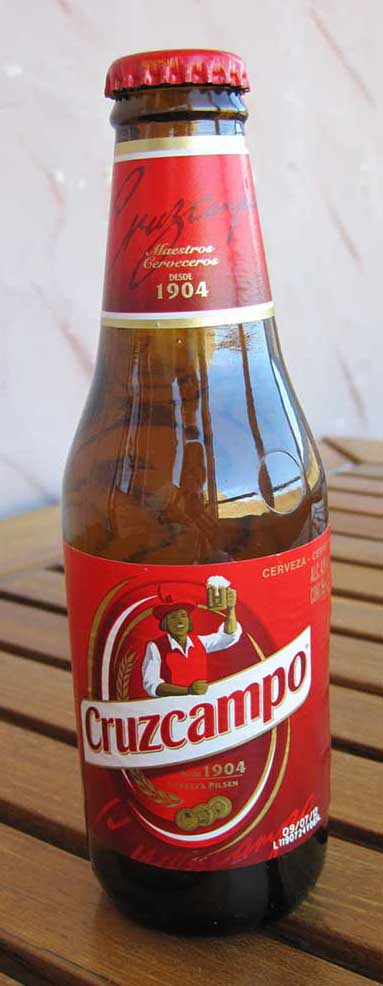
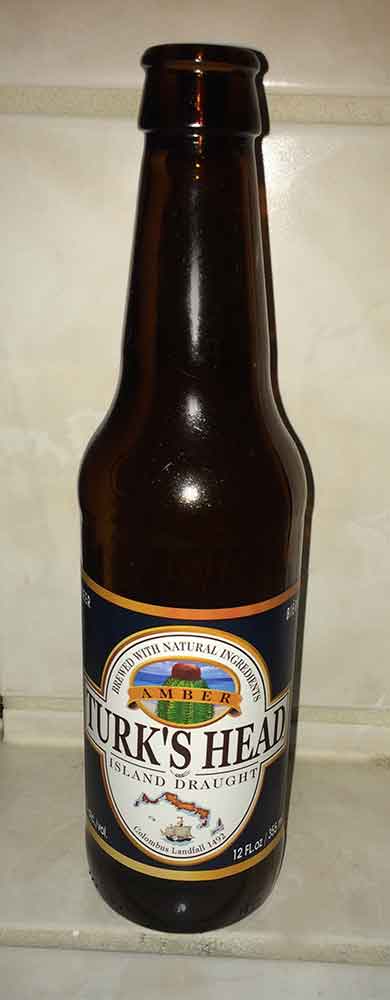
Debbie, I love this article. I’ve been to Sandals at Montego Bay also. I didn’t take pictures of the fabulous food so I can’t remember it all. Great ideas. Becky
Nice post and pix, Debbie. Tom, RoverTreks.com
Thanks, Tom! I appreciate you stopping by!
I love the conch salad and conch fritters from Da Conch Shack! Wash it down with some of Jan’s Infamous Rum Punch and you’re in heaven!
I’m with ya on the conch salad and conch fritters. Yum! Haven’t tried the rum punch but next time I’m there I will make sure I try it!
Great post, Debbie. I love all the different beers and beverages one can get while travelling. The Caribbean is no exception! It’s amazing how each island has its own signature drink or beer. Have never encountered Ting before!
Thanks, Doreen! Wow, you’ve never had Ting? You must try it! I love it! You may be able to find it in a specialty grocery since I have found it here, although it’s more expensive. I love Ginseng-Up, too, and other soft drinks that aren’t available here. That’s what makes it so much fun to go to an island and find some of the special foods and beverages you just can’t have at home!
Pingback: Tahiti and Tuamotus: Bora Bora – Tropical Travel Girl
Pingback: When in the islands, do as the islanders do… – Tropical Travel Girl